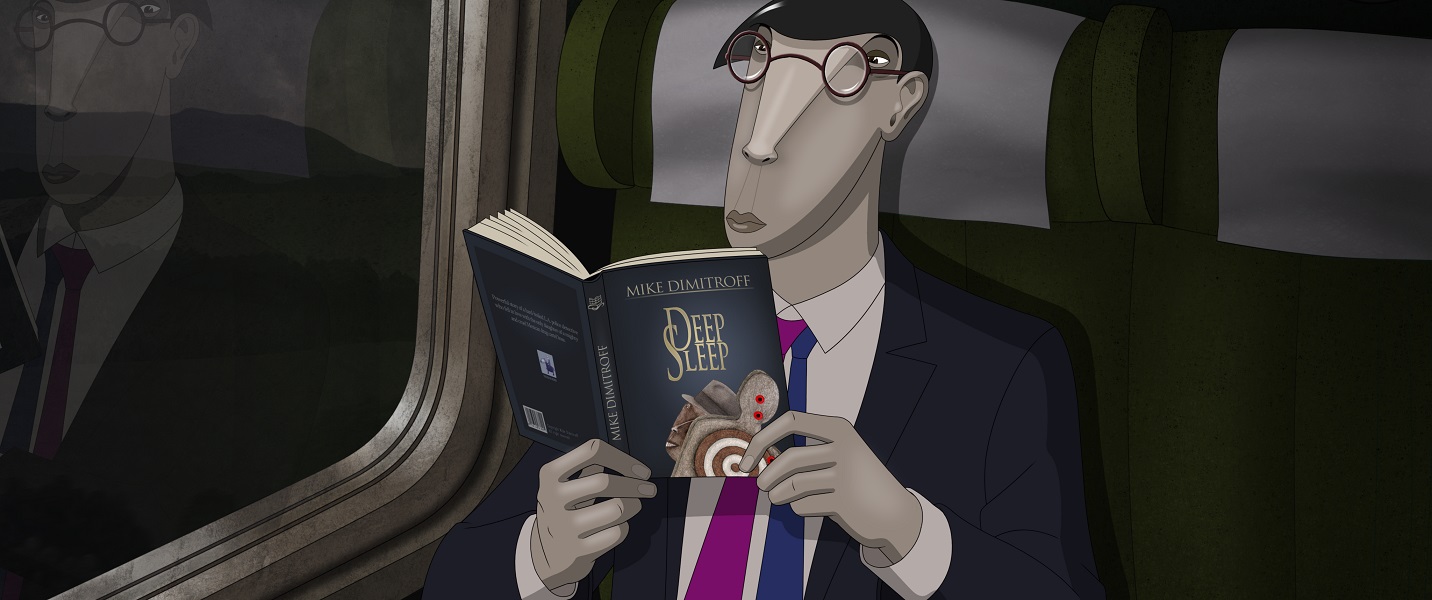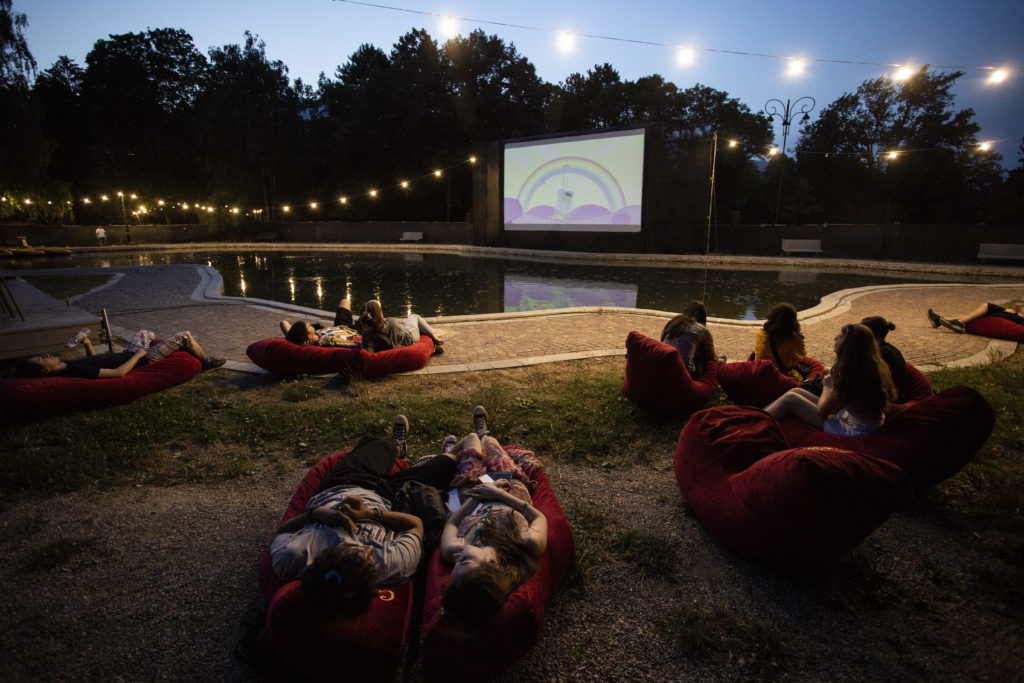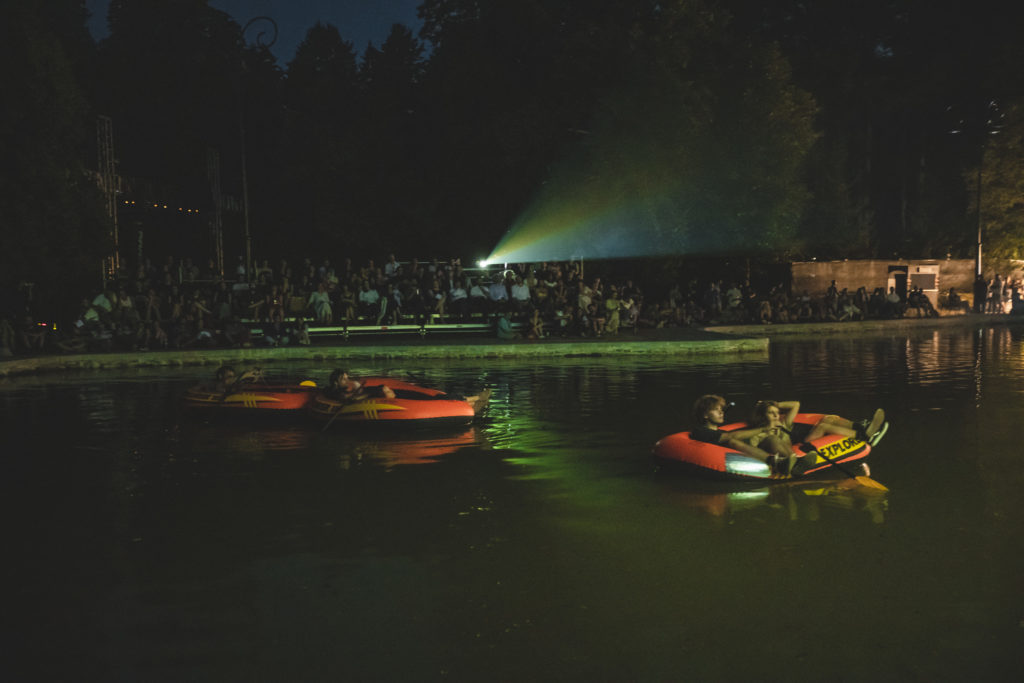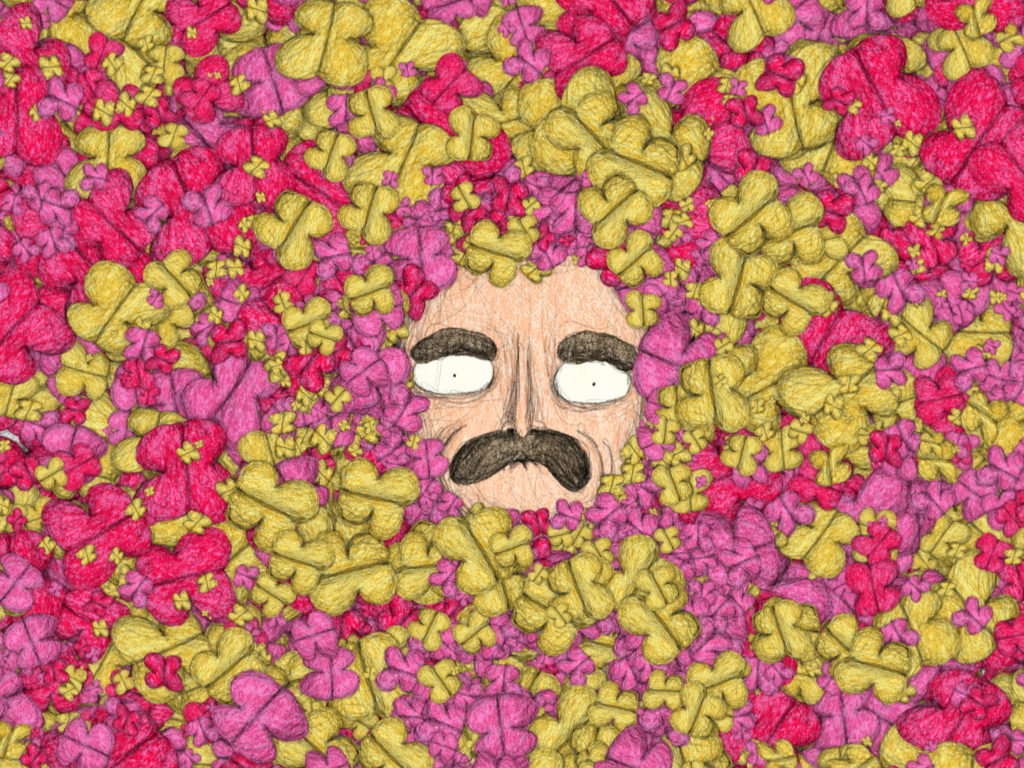The Curious Case of Ruben Brandt, Collector

Gojko Dimic
Milorad Krstić’s hallucinatory heist drama is a story full of enormous potential. A true feast for the eyes for anyone who is a fan of unique animation but if you are looking for something more story-driven you are going to be left starving. On paper Ruben Brandt sounds like a great idea involving action, the world of art, crime, psychology and subconscious terror but unfortunately, it starts falling apart the more you think about it.
The story follows an extremely traumatized psychotherapist by the name of Ruben Brandt, who has a very peculiar approach when it comes to curing and rehabilitating his patients by use of art. What makes this doctor-patient relationship even more peculiar is that the doctor is as troubled as they are. He suffers from very enthralling and disturbing hallucinatory dreams which involve famous artworks by Velasquez, Picasso, Warhol etc. All of that changes when he meets Mimi, a flirtatious dark haired vixen, a professional thief who steals not just for profit but also for satisfaction, she even calls herself a kleptomaniac. Along with her and a group of his corrupt patients they start robbing the world biggest and most acclaimed museums, looking for the artworks which are plaguing his mind. Police and mobsters are gunning to catch them one before the other.
As I said already, the idea itself sounds interesting but the characters never seem to develop into meaningful agents of interactions. Krstić is great at aesthetic aspects of the film. Sometimes to his detriment. He creates a world inspired by countless artistic styles. In one single frame he exposes the viewers to so many visual and artistic references that not even an artistically-trained eye can spot them all in one sitting. While this kind of style can be a treat for someone more familiar with art history, I doubt that it will find its way into the hearts of people who are new to this field. The story shifts between two worlds, the real and the subconscious one, and here it is honestly impossible to differentiate the two worlds based on the visual style alone. In the film’s reality everyone looks like a surrealist or a cubist painting so when the dream sequences come into play you are left overwhelmed and confused, trying to figure out which one is which. Such a strategy could be used in many interesting ways to tell a story but here it makes it impenetrable from every side. At certain points, the oversaturated frames seem pretentious and give you a sense of overindulgence which brings the whole narrative into a halt.
It is quite obvious that the director is filled with ideas and he is eager to express them in any possible way, shape or form. When it comes to this film, I believe he should have spent more time developing a coherent and immersive story. There is a whole subplot in the film involving a detective and his correlation to Mimi and Ruben separately but it ends up going nowhere. There are characters who seem to serve no actual purpose to the overall story, instead they are just being used as cool props.
I know all of this might sound like I despised my experience of this film but that’s not true at all. The actual truth is that I liked the ideas and themes of the film very much but I was disappointed by the end. This film’s soundtrack is quite an achievement. The soundtrack features jazzed up adaptations of popular songs, even tapping into director’s homeland, rearranging Serbian folk music to fit into his noir world. Such moments demonstrate that Kristić is self-aware and able to use irony as a storytelling device. If that sounds interesting, give it a shot because it definitely isn’t a film without merits.
This article is an output of the Film Criticism and Journalism workshop which is being organized within the project “Development of animation culture between Western Balkans and Visegrad Group” implemented by Anibar and Civil Association for the Support of the Animated Film, Primanima Ltd.,Institute of Cultural Studies, Faculty of Humanities, Marie Curie-Skłodowska University in Lublin, The Academy of Performing Arts in Prague – Film and TV School – Department of Animated Film.
The project is co-financed by the Governments of Czechia, Hungary, Poland, and Slovakia through Visegrad Grants from International Visegrad Fund. The mission of the fund is to advance ideas for sustainable regional cooperation in Central Europe.





